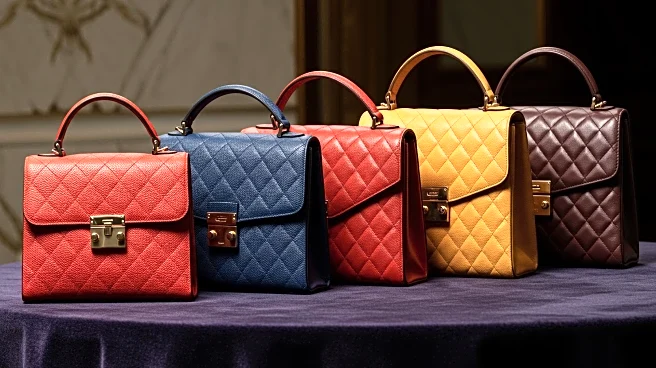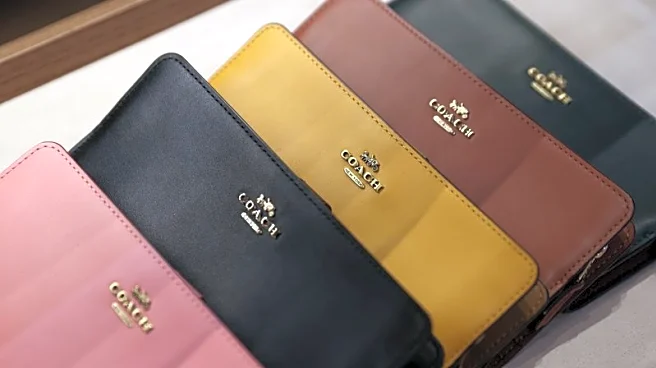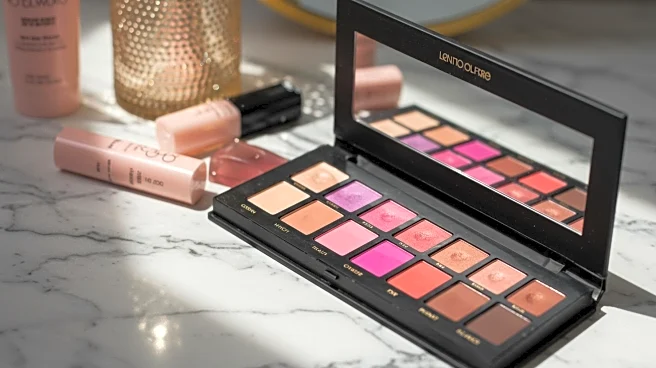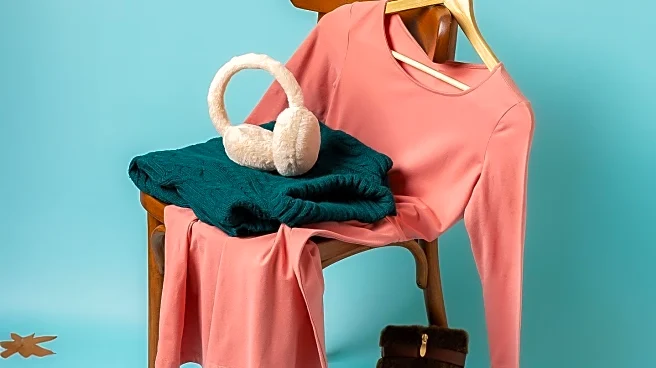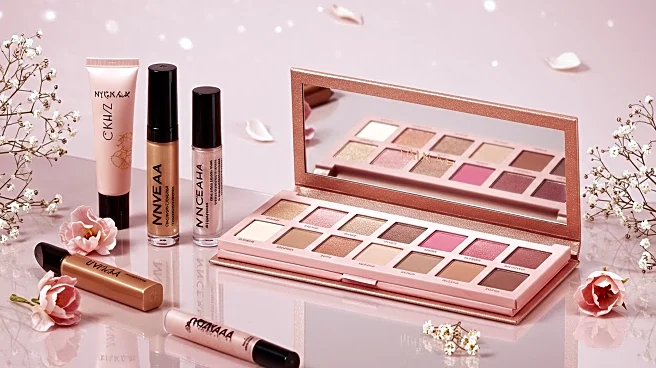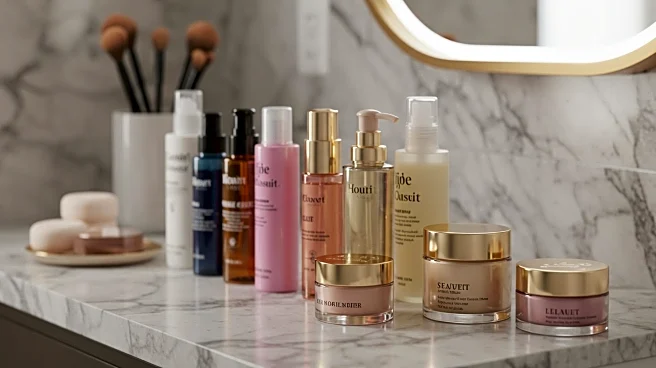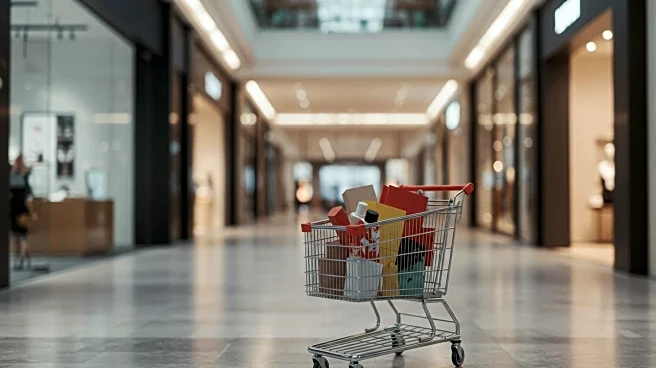What's Happening?
Luxury consumers are increasingly purchasing secondhand Hermès Birkins and Kellys as a means to diversify their assets amidst economic uncertainty. According to Reklaim, a platform specializing in secondhand luxury goods, Hermès bags are among the top-selling items, alongside Chanel, Louis Vuitton, Saint Laurent, Gucci, and Goyard. Richard Ramirez, vice president of merchandise at Reklaim, noted an 8 to 15 percent increase in purchases of these brands over the past year. The secondhand market has grown significantly, with the Bain-Altagamma Luxury Goods Worldwide Market Study estimating its value at approximately $56 billion in 2024. Consumers are drawn to the secondhand market for its affordability and potential for asset appreciation, especially as new luxury goods become more expensive due to tariffs and price hikes.
Why It's Important?
The shift towards secondhand luxury goods reflects broader economic trends and consumer behavior. As the economy faces volatility, consumers are seeking ways to invest in assets that retain or increase in value. The secondhand market offers a more accessible entry point for aspirational customers who cannot afford new luxury items. This trend also highlights changing attitudes towards consumption, where sustainability and cost-effectiveness are becoming more prioritized. The growth of the secondhand market could impact traditional luxury retailers, prompting them to adapt their strategies to meet evolving consumer demands.
What's Next?
As holiday shopping approaches, Reklaim anticipates a shift in consumer preferences towards brands like Louis Vuitton, Gucci, Prada, and Saint Laurent. Budget-conscious shoppers are expected to drive this trend, seeking recognizable and timeless styles at discounted prices. The potential implementation of tariffs may further influence consumer behavior, making secondhand purchases more appealing. Luxury brands may need to consider how to engage with the secondhand market to maintain their relevance and appeal.
